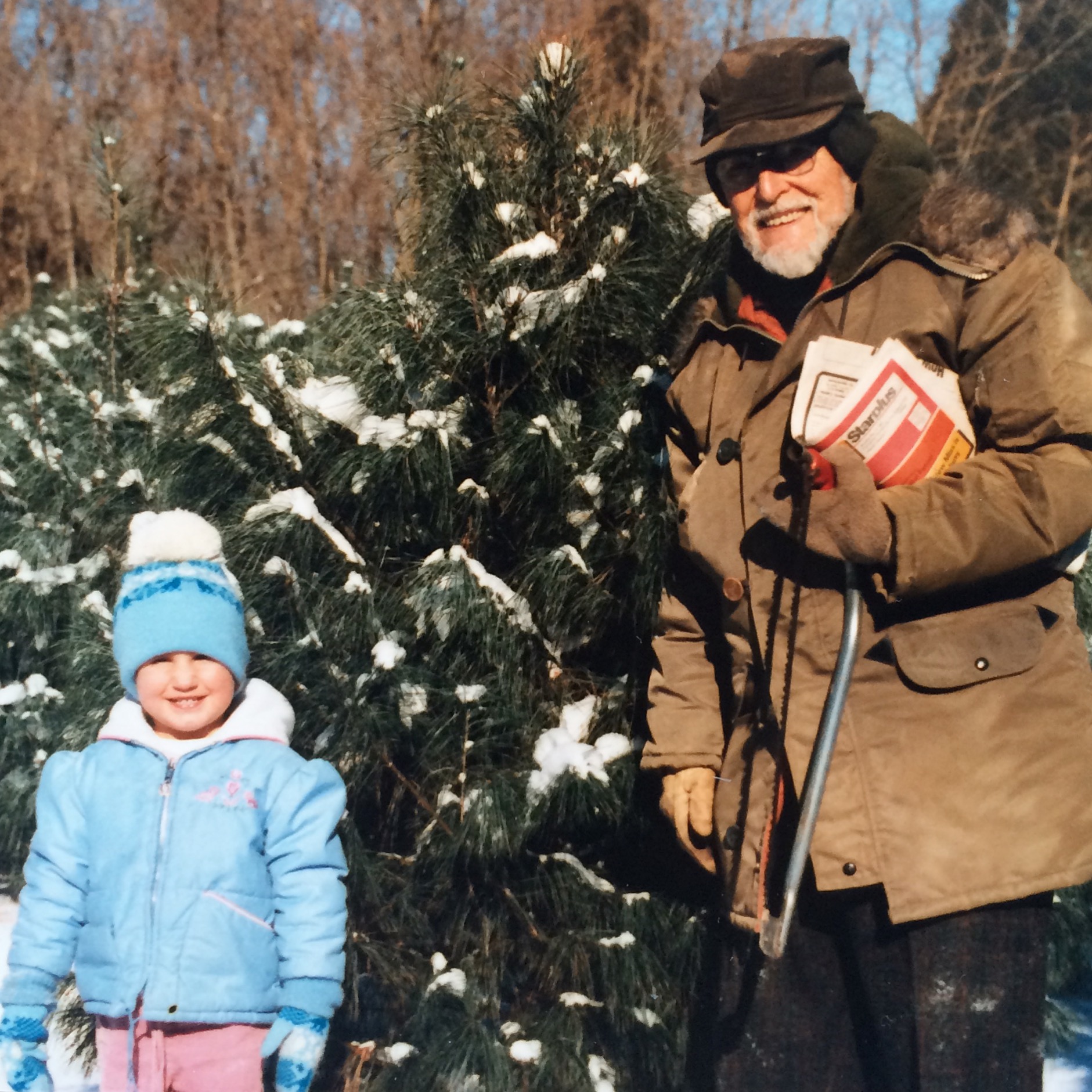AARP Hearing Center
The Best Gift We Can Give Each Other (and It’s Free)
By Laura Hahn, December 21, 2015 06:16 PM

Growing up, we got our Christmas trees from Mr. Munro, the man who owned our house before us.
He had studied horticulture in college and taught at a school for years. He owned a tree farm a few hours away from his home, so in his 70s, he decided to sell that home and move to the farm full time.
My mom and dad were new to town and in their late 20s — sans kids and dog. Those would come later. But after they bought Mr. Munro’s house, they developed a friendship with him that lasted a decade, until he passed away.
Our family would see him in the winter to pick out our Christmas tree, and my dad kept up a monthly, handwritten correspondence with him. We’d also visit in the spring, summer and fall, to fish in his pond and take walks in the woods.
Read the latest discoveries, exercise and memory-sharpening tips, health care reform and more! — AARP Health Newsletter »
It’s a simple thing, forming friendships with neighbors and the Mr. Munros in our lives. But today, I think it’s becoming more rare. It’s easy to keep to ourselves and to our screens. After a long day, we watch Netflix or scroll through our Facebook feeds, staying connected (kind of) rather than truly getting in touch and coming together.
Technology connects us, sure. My mom and I cherish our FaceTime calls with my sister and her 2-year-old daughter. That’s how Arthur and I had our best conversations, too, after I moved hundreds of miles away. Thanks be to Wi-Fi.
Just the other night at a holiday party, a woman told me how she bought an iPad for her father for his 90th birthday — and now, at 94, he can’t get enough. It’s how he emails, shops, stays up on the news and checks the weather. It’s how he sees the world (“He calls it his magic carpet because it can take him anywhere”) and it’s how he sees pictures of his great-grandchildren. It’s his lifeline.
But here’s the truth: There is no substitute for in-person, real-time, phone-down, face-to-face connection. There is no substitute for company. It just may be the best gift we can give each other.
And there’s science to back that up. Higher levels of social connection are associated with better health among people of all ages, and older adults in particular. There are even physiological implications. Greater social integration is linked to a host of benefits: better survival after heart attacks, slower memory decline, less risk of cancer recurrence and more resistance to the common cold.
Get discounts on prescriptions, health exams, eye care and more — AARP Member Advantages »
Research shows there’s strength in having a variety of people in our lives — close family members and friends, as well as more peripheral contacts. Different people serve different purposes. Some provide support and care, while others are there just to listen or talk or take walks in the woods.
Mr. Munro didn’t have to invite us out to his farm, and we didn’t have to go. But he did and we did, and we were all better for it.
Photo: Courtesy of Dale Hahn
Also of Interest:
- ‘Alzheimer’s Stole Her’: Changing our narrative about dementia
- 10 items you should rent instead of buy
- Quiz: How much do you know about social isolation?
- Join AARP: savings, resources and news for your well-being
See the AARP home page for deals, savings tips, trivia and more.































































